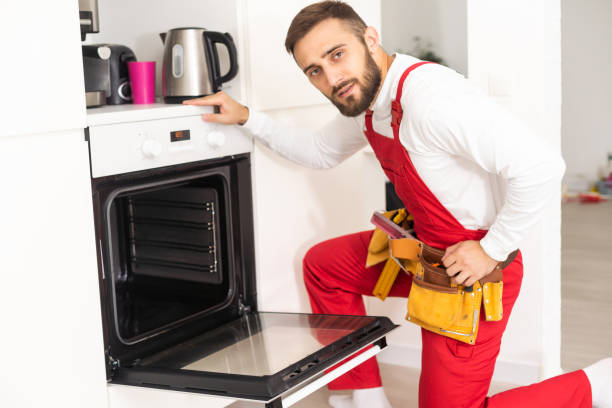
Cleaning the oven can be a daunting task, but with the advent of self-cleaning modes, this chore has become much more manageable. Self-cleaning ovens offer a convenient way to tackle stubborn grease and grime without the need for harsh chemicals or vigorous scrubbing. However, to ensure the best results and prevent potential issues, it’s essential to use the self-cleaning mode correctly. In this article, we’ll explore the best tips for using the self-cleaning modes for your oven, allowing you to achieve a sparkling clean interior with minimal effort.